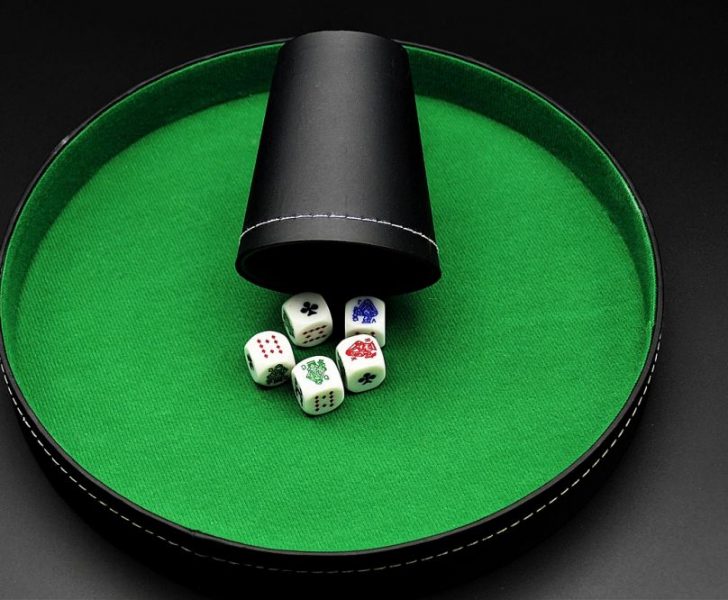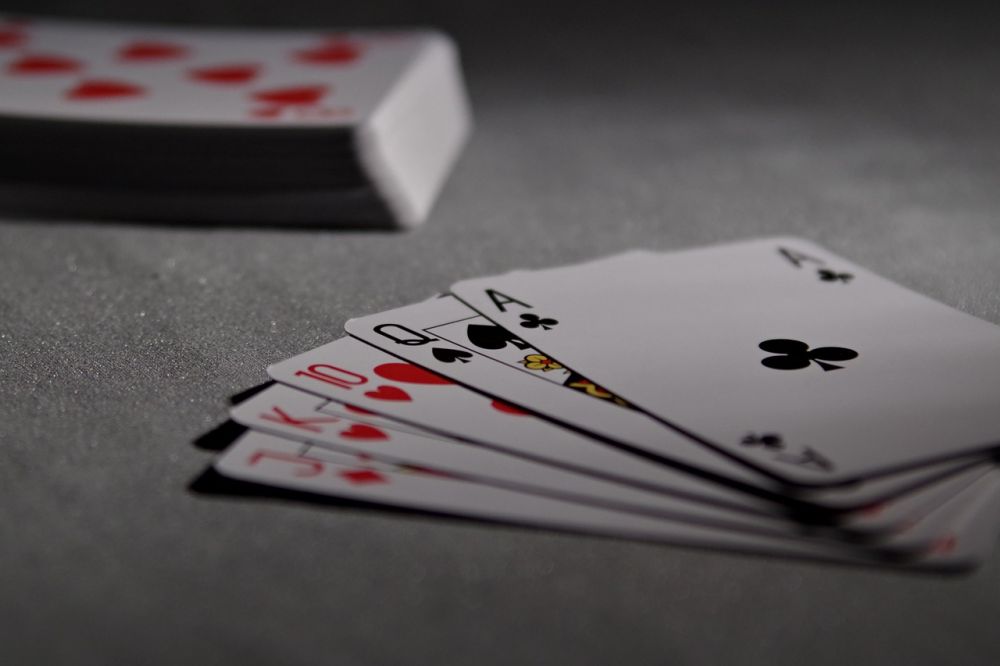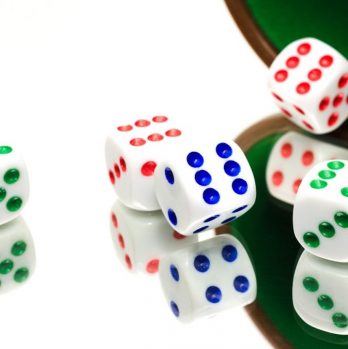Poker Hand Rank: A Guide to the Ranking of Poker Hands

Introduction:
Are you an avid casino game enthusiast looking to enhance your knowledge of poker? Well, one fundamental concept you must grasp is the “poker hand rank.” Understanding how poker hands are ranked is crucial in determining the strength of your hand and ultimately winning at the game. In this article, we’ll provide a comprehensive overview of poker hand ranking, exploring its importance, historical development, and its relevance in the world of casino games.
Importance of Poker Hand Rank:

Knowing the hierarchy of poker hands is essential for anyone venturing into the realm of casino games. It forms the foundation upon which all gameplay and strategies are built. With poker hand ranking knowledge, you gain a competitive edge, enabling you to assess the strength of your hand relative to your opponents’. This understanding is vital in making informed decisions during gameplay, such as whether to fold, bet, or raise.
Historical Development of Poker Hand Rank:
The concept of poker hand ranking can be traced back centuries, evolving over time as the game itself transformed. Its origins can be dated back to the early 19th century in the United States, where poker gained popularity among gamblers. Back then, the game was primarily played with a 20-card deck and was largely influenced by the French card game, “poque.”
As poker grew in popularity, so did the desire to standardize the game’s rules and hand rankings. By the mid-19th century, poker hands began to include five cards, and some of the foundational hand ranks we know today were established. The evolution continued, and with the introduction of the 52-card deck, poker hand rankings became more refined, eventually leading to the well-known hierarchy of hands we recognize today.
The Poker Hand Rank Hierarchy:
The poker hand ranking system consists of ten distinct hand rankings, ranging from the highest-ranking hand to the lowest. Here is a breakdown of the poker hand rank hierarchy:
1. Royal Flus
– A, K, Q, J, 10 of the same suit.
2. Straight Flus
– Five consecutive cards of the same suit.
3. Four of a Kind:
– Four cards of the same rank, also known as “quads.”
4. Full House:
– Three cards of the same rank and a pair.
5. Flus
– Any five cards of the same suit, not in sequential order.
6. Straight:
– Five consecutive cards of mixed suits.
7. Three of a Kind:
– Three cards of the same rank.
8. Two Pair:
– Two pairs of cards with the same rank.
9. One Pair:
– Two cards of the same rank.
10. High Card:
– If no other hand is achieved, the highest card in hand is considered the high card.
Understanding the hierarchy of hands is crucial for assessing your hand’s strength, as well as anticipating your opponents’ potential holdings. The higher your hand ranks, the more likely you are to win the pot.
Conclusion:
In conclusion, poker hand ranking is a fundamental aspect of casino games, particularly in the realm of poker. It provides a clear understanding of hand strength, enabling effective decision-making during gameplay. By recognizing the historical development and break it down into a top-notch blog post, terminologies, and features of hand ranks, individuals can enhance their skills and engage in a more strategic gaming experience. So, next time you sit down at a poker table, remember the importance of poker hand rank and use it to your advantage. Good luck!











